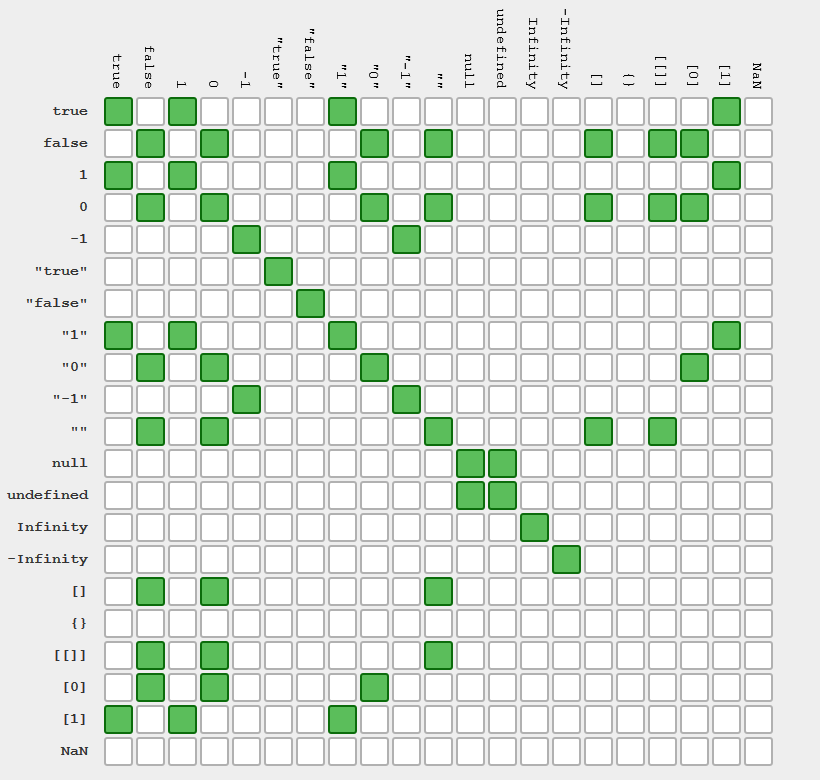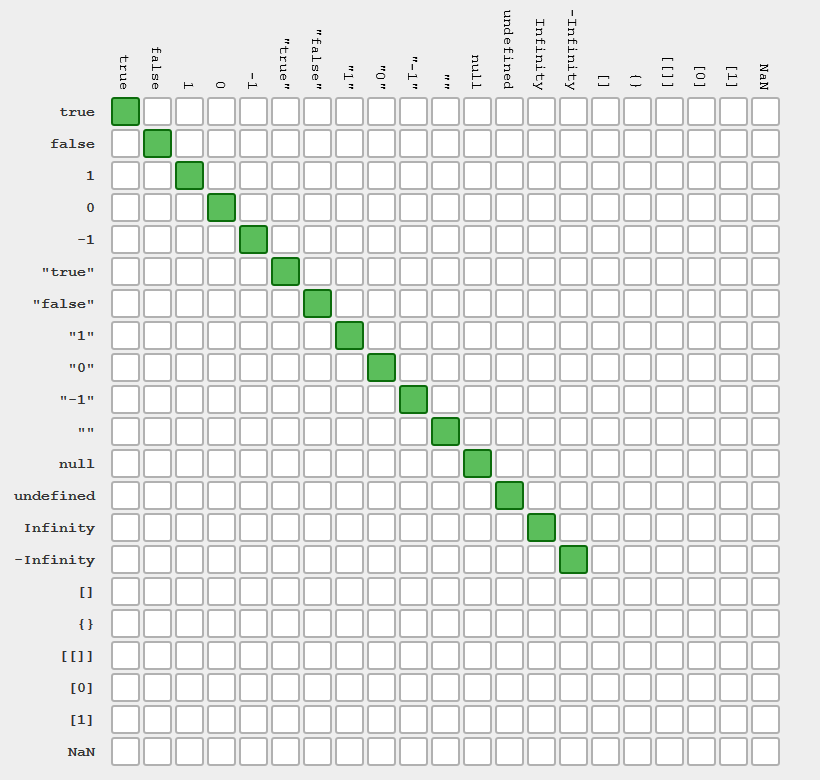Basic Operators
Mathematical operators
The purpose, functionality and priority (order) of operations are no different to the school algebra course. Operators return a value as the result of an expression.
const x = 10;
const y = 5;
// Addition
console.log(x + y); // 15
// Subtraction
console.log(x - y); // 5
// Multiplication
console.log(x * y); // 50
// Division
console.log(x / y); // 2
// Remainder of a division
console.log(x % y); // 0
// Addition with replacement (also available for all other operators)
let value = 5;
// Similar to value = value + 10;
value += 10;
console.log(value); // 15
It is important to remember how the elements of expressions are called. + - * / % are operators, whereas their objects are operands.
Comparison operators
They are used to compare two values. After execution, they return a boolean, true or false, that is, "yes" or "no".
a > banda < b- greater than/less thana >= bora <= b- greater/less than or equala == b- equala != b- not equala === b- strict equalitya !== b- strict inequality
const x = 5;
const y = 10;
const z = 5;
console.log("x > y:", x > y); // false
console.log("x < y:", x < y); // true
console.log("x < z:", x < z); // false
console.log("x <= z:", x <= z); // true
console.log("x === y:", x === y); // false
console.log("x === z:", x === z); // true
console.log("x !== y:", x !== y); // true
console.log("x !== z:", x !== z); // false
Equality operators
The "non-strict" equality operators == and != convert types of compared values to numbers, which can lead to errors, especially for beginners.
// ❌ Bad, typecasting
console.log(5 == "5"); // true
console.log(5 != "5"); // false
console.log(1 == true); // true
console.log(1 != true); // false
The following illustration shows a table comparing values for loose equality operators.

Therefore, to check equality or inequality of two values, only the operators === (strict equality) and !== (strict inequality) should be used, as they do not typecast the operands.
// ✅ Okay, no typecastings
console.log(5 === "5"); // false
console.log(5 === 5); // true
console.log(5 !== "5"); // true
console.log(5 !== 5); // false
console.log(1 === true); // false
console.log(1 !== true); // true
In this case, everything is equal to itself. Nothing is converted before comparison.
